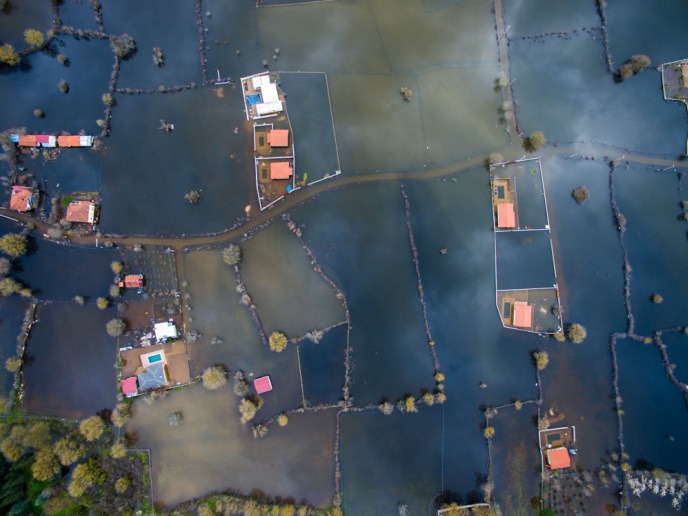Cave formations uncover hidden history of past climates
Stalagmites can be tens of thousands of years old, growing upwards from the cave floor at a few tenths of a millimetre per year, in the fastest cases. Because they are laid down gradually by individual drops of water, stalagmites and other speleothems store a record of their chemical composition, providing a fantastic archive of past climates and environments. Since these past climates and environments cannot be measured directly, proxy indicators are used by scientists to indirectly measure the main processes. But most proxies are qualitative: for example, they can provide information on moisture in the sense of whether something is drier or wetter, but they cannot indicate how much drier or how much wetter. Nevertheless, quantitative information is crucial if speleothem-based data are to be exploited more fully by climate modellers and policymakers. The EU-funded QUEST(opens in new window) project addressed this challenge by developing new methods that will enable scientists to quantify the environmental changes that are recorded in stalagmites.
An interdisciplinary approach
The team benefited from its members' diverse scientific backgrounds which included environmental chemistry, environmental mineral magnetism and numerical data analysis. “Our combination of interdisciplinary expertise, state-of-the-art instrumentation and novel techniques means that we are ideally placed to develop quantitative climate records from speleothems,” says project coordinator Sebastian Breitenbach. The consortium devised new methods for extracting quantitative information from speleothems and for linking field and laboratory experiments on water/mineral chemistry with innovative physical and numerical speleothem analyses. “The combination of these techniques, based on physical and chemical properties and statistical methods, allowed us to deliver quantitative reconstructions of two key parameters: hydrology and temperature,” Breitenbach explains. New technologies included an autosampler which can be deployed for 6 to 12 months in the field, allowing autonomous water sampling in remote settings. Breitenbach describes the sampler, which can be used by all scientists interested in water monitoring: “From the sampler, we can learn about climate dynamics, environmental pollution or hydrological changes (and the reasons for same).”
New tools
QUEST researchers developed innovative software in the form of statistics ‘toolboxes’ that enable complex data analysis. The team also developed a range of novel methods that allow analysis of nonlinear time series. “These techniques can be used in highly diverse fields including climatology, physics, economy, game theory or energy security, to name only a few,” Breitenbach explains. In addition, the scientists conducted environmental monitoring and laboratory experiments to develop quantitative proxies and innovative analytical tools. “We tested these tools in one of the Waitomo caves(opens in new window) in New Zealand, a setting that is sensitive to El Niño-Southern Oscillation(opens in new window) dynamics, because El Niño/La Niña changes have a local to global impacts, and better understanding of its past behaviour might help anticipate near-future changes linked to global warming,” notes Breitenbach. QUEST provides a clearer picture of the geochemistry involved in carbonate precipitation during stalagmite formation and the links between hydrology above the cave and metal-organic complexes and the incorporation of metals into stalagmites. The latter association is currently being developed into a quantitative tool, the sampler, that could be a breakthrough for speleothem-based palaeoclimatology.







